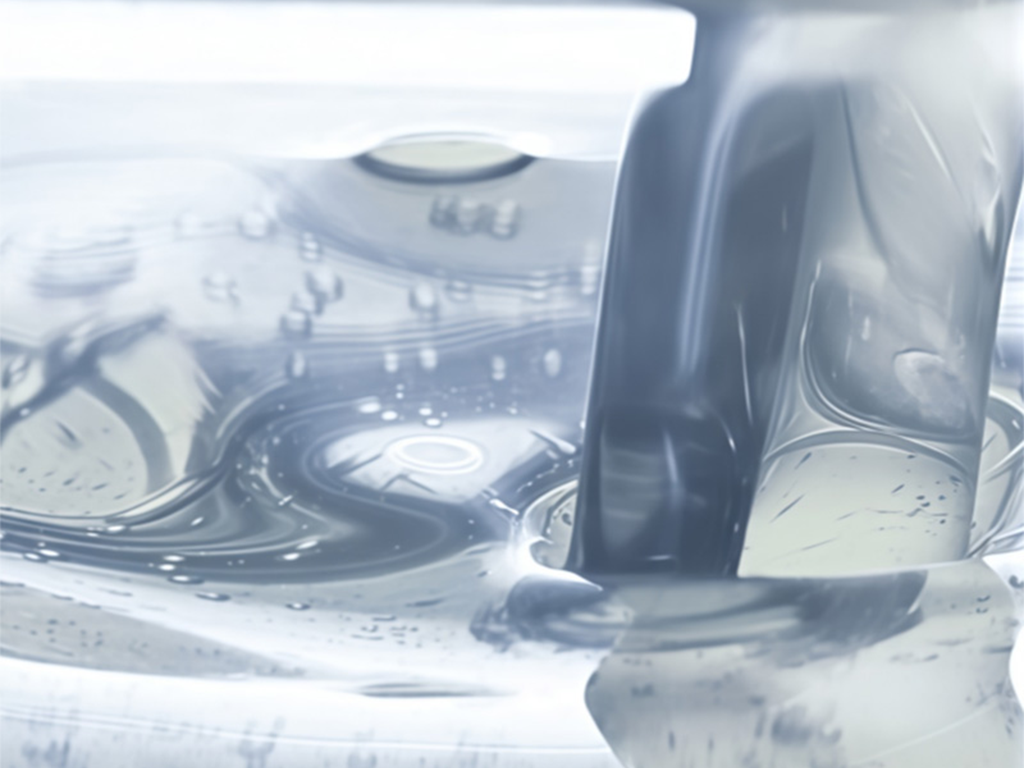Acrylate polymer prices are influenced by raw material costs, production expenses, product type, and market demand. Raw materials—acrylic monomers like 2-ethylhexyl acrylate and methyl methacrylate—are the primary cost driver, with prices tied to petrochemical feedstocks (propylene, butylene) that fluctuate with oil prices and refinery capacity. For example, a spike in propylene prices increases acrylic acid costs, raising monomer prices and, consequently, acrylate polymer prices. Production expenses, including energy (for polymerization reactors), labor, and additives (surfactants, initiators), contribute to pricing, with larger manufacturers like E Plus Chemical Co., Ltd. achieving cost efficiencies through scale (240,000-ton annual resin capacity). Product type affects pricing: water-based emulsions are generally more expensive than solvent-based polymers due to higher formulation complexity, while specialty polymers (medical-grade, high-performance) command premiums for their tailored properties and regulatory compliance. Market demand, particularly from Asia-Pacific’s adhesives and coatings industries, drives price trends—peak seasons can increase prices, while economic slowdowns may lead to reductions. Regional factors, such as transportation costs and tariffs, create price disparities. Bulk purchasing often results in lower per-unit prices, as larger orders reduce handling and logistics costs. E Plus Chemical’s transparent pricing reflects these factors, balancing quality and cost to offer competitive rates for consistent, high-performance acrylate polymers.
